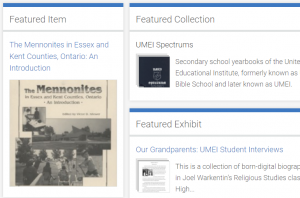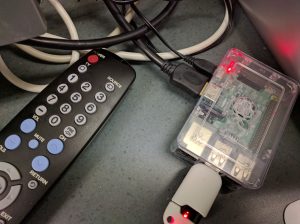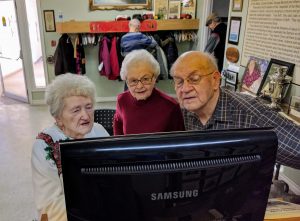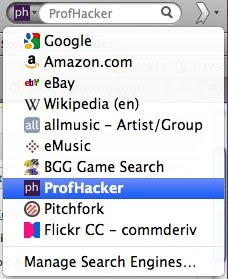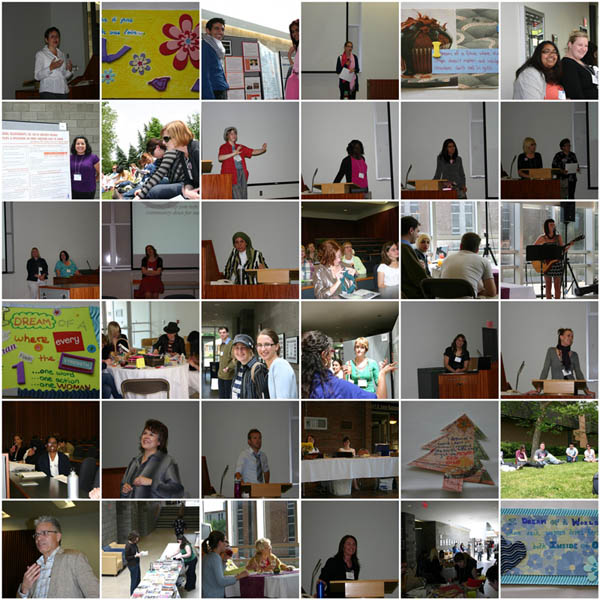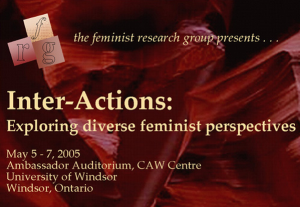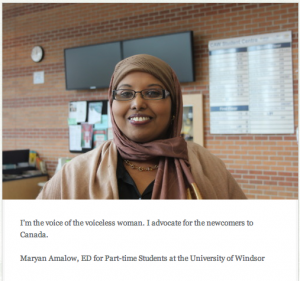In late 2016, I was hired by the Essex-Kent Mennonite Historical Association to begin digitizing their collection to share online. After some copyright research and consultation with the Archives volunteers, we set a priority list and established a place to begin. The group has published 14 books about local Mennonite history since they incorporated in 1987 and these books could be useful to local and Mennonite historians, and the local Mennonite high school. Together, we identified this as the best place to begin.
I worked on every stage of this project, from identifying current best practices, scanning equipment, OCR software, and repository options, to doing the scanning, OCR, metadata, publishing, and training and supervising volunteers to help.
The repository is built using self-hosted Omeka with a custom theme designed to match the organization’s website. In 2012, EKMHA hired me to convert their static html site built using MS Word to something more modern looking and easier to update. After four years, that site needed to be upgraded and updated before adding the Omeka repository. The result launched in early 2017: a combination WordPress and Omeka site that meets the organizations needs and is easy to update and maintain.
When the 14 books were complete, the project moved to digitizing high school yearbooks from United Mennonite Educational Institute (UMEI), 1947-1980, local senior biographies written by UMEI history students, and EKMHA’s newsletter. The online collection continues to grow.
The repository is available at www.ekmha.ca/collections/
